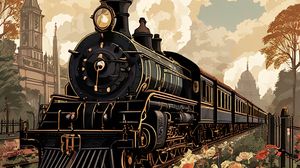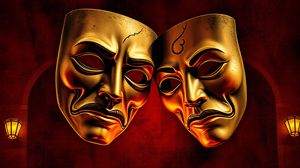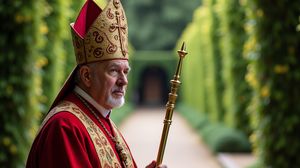
The Imperial War Museum in Lambeth is one of the world's leading authorities on conflict and its impact on people's lives. Founded in 1917 to preserve and record experiences of World War I, its remit has expanded to include all conflicts involving Britain and the Commonwealth from then onwards.
Located in a grand early-19th-century building that was originally the Bethlem Royal Hospital, the museum offers visitors a profound insight into the complexities of war and its far-reaching consequences.
One of the most striking installations is the breath-taking display of military aircraft suspended from the ceiling, including a Spitfire and Harrier jump jet, offering a dramatic spectacle as visitors enter the main atrium.
Perhaps less widely known is that the museum houses a vast art collection, containing over 20,000 pieces, which includes works by renowned artists such as Paul Nash and John Singer Sargent, capturing the human experience of conflict.
The Holocaust Exhibition spans two floors and provides a sobering, respectful, and deeply moving exploration of one of history's darkest chapters, offering personal narratives and artifacts to give visitors an intimate understanding of the lives affected.
An intriguing part of the museum is its collection of Churchill memorabilia, which ranges from personal items to propaganda pieces, providing an intimate look at one of Britain's most iconic wartime leaders.
Guests can engage with the museum's compelling interactive displays, which bring to life complex war technologies and strategies, making them accessible and engaging for audiences of all ages.
Experiencing the museum's thought-provoking War and Conflict galleries gives visitors access to personal stories of those who lived through conflict, offering a human dimension to historical events that might otherwise be seen as mere dates and names.

Making the Most of Your Visit:
When you first arrive, be sure to step back and admire the two enormous naval guns at the entrance. They are from HMS Ramillies and HMS Resolution, adding a dramatic start to your visit.
Don't miss the "Secret War" exhibition, which is a highlight for many. It delves into the captivating world of espionage and intelligence, revealing the cryptic side of warfare not often explored.
Venture to the lesser-known "Family in Wartime" exhibition. It offers a compelling glimpse into the lives of ordinary British families during the Second World War, replete with a reconstructed 1940s house that feels wonderfully nostalgic.
Take a break in the museum's peaceful surrounding gardens. They provide a tranquil escape to reflect on what you've seen inside, and if you're lucky, you might catch a glimpse of the resident squirrels adding to the serene ambiance.
If you're visiting with children, check out the museum's activity backpacks. They're a fun and educational way to keep the younger ones engaged, usually brimming with puzzles and games linked to the exhibits.

Visiting Times & Costs:
The Imperial War Museum in Lambeth is open to the public and offers free admission. However, some special exhibitions or experiences may require a paid ticket.
The museum is generally open from 10:00 AM to 6:00 PM every day, though it is closed on 24th, 25th, and 26th December.
Accessibility is a priority at the museum, with step-free access available throughout the building. Wheelchairs are available for loan from the information desk, and there are accessible toilets located on all floors. Assistance dogs are welcome, and induction loops are available for hearing aid users.
For visitors with additional needs, audio guides, large print guides, and described tours may be available, ensuring an inclusive experience for all guests.

Address & Map:

Nearby:























